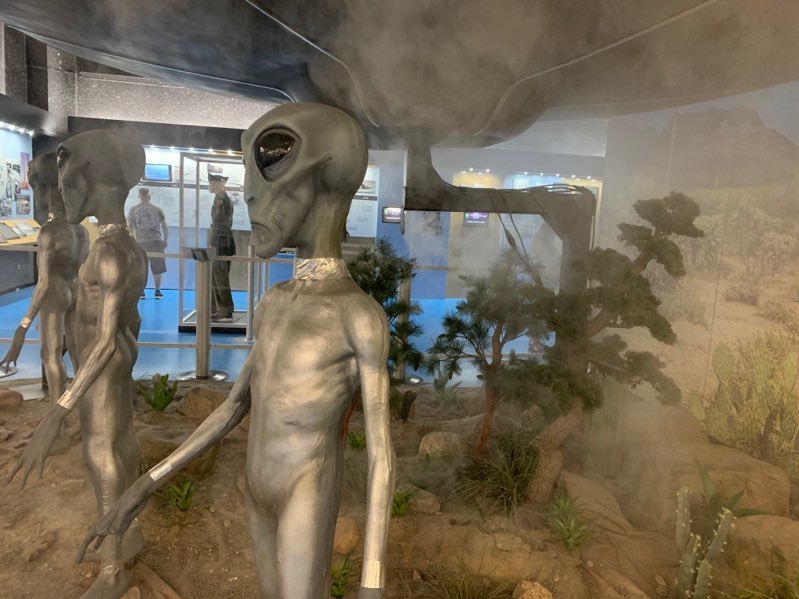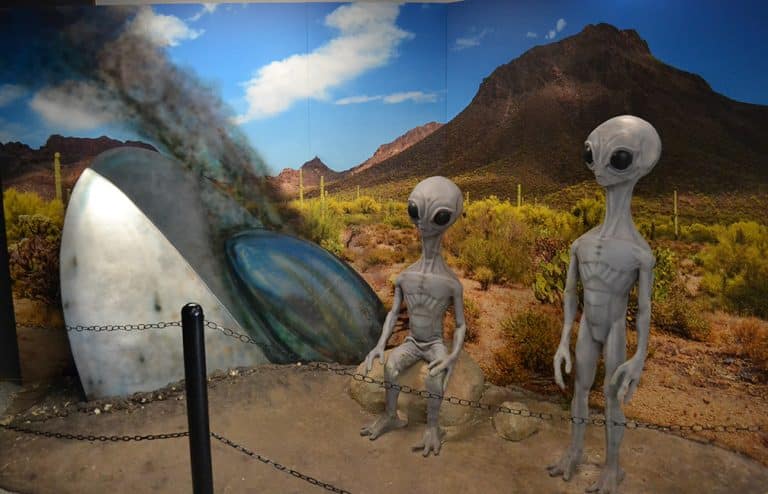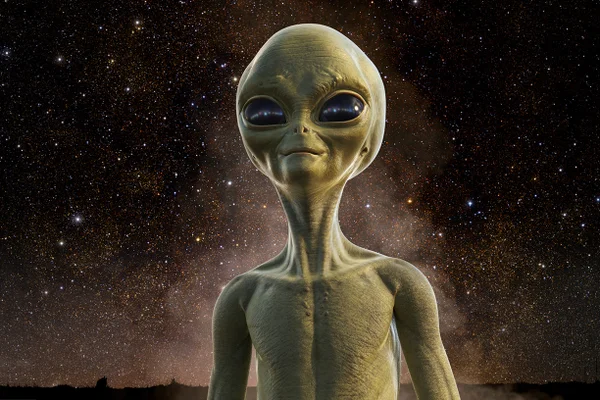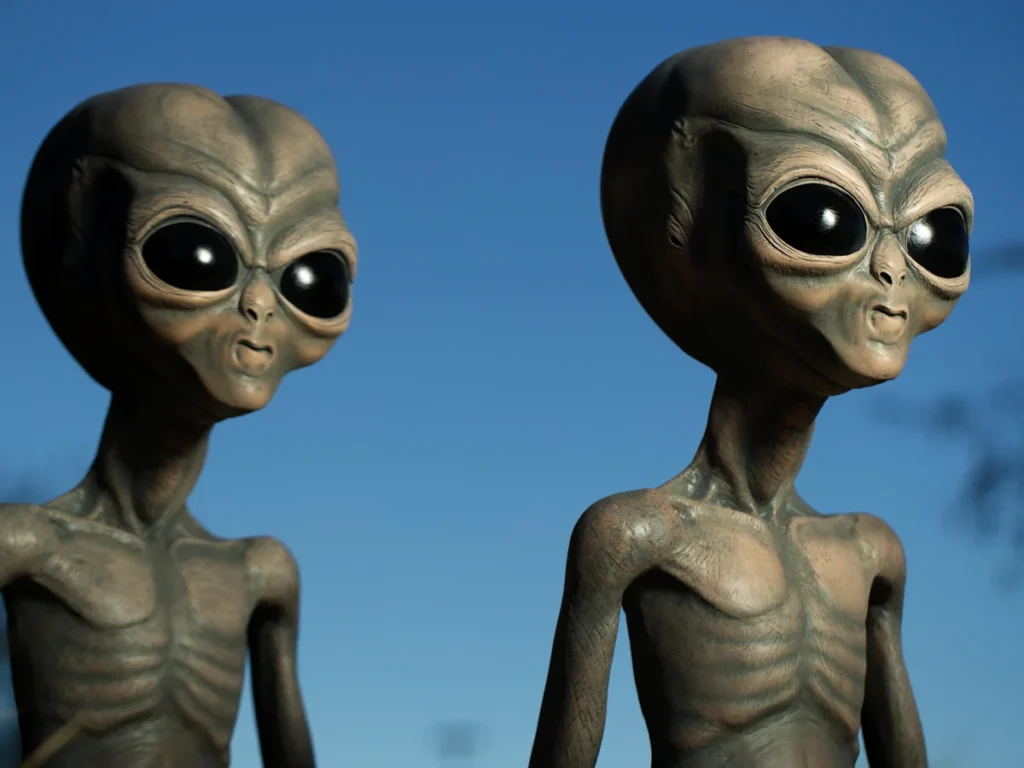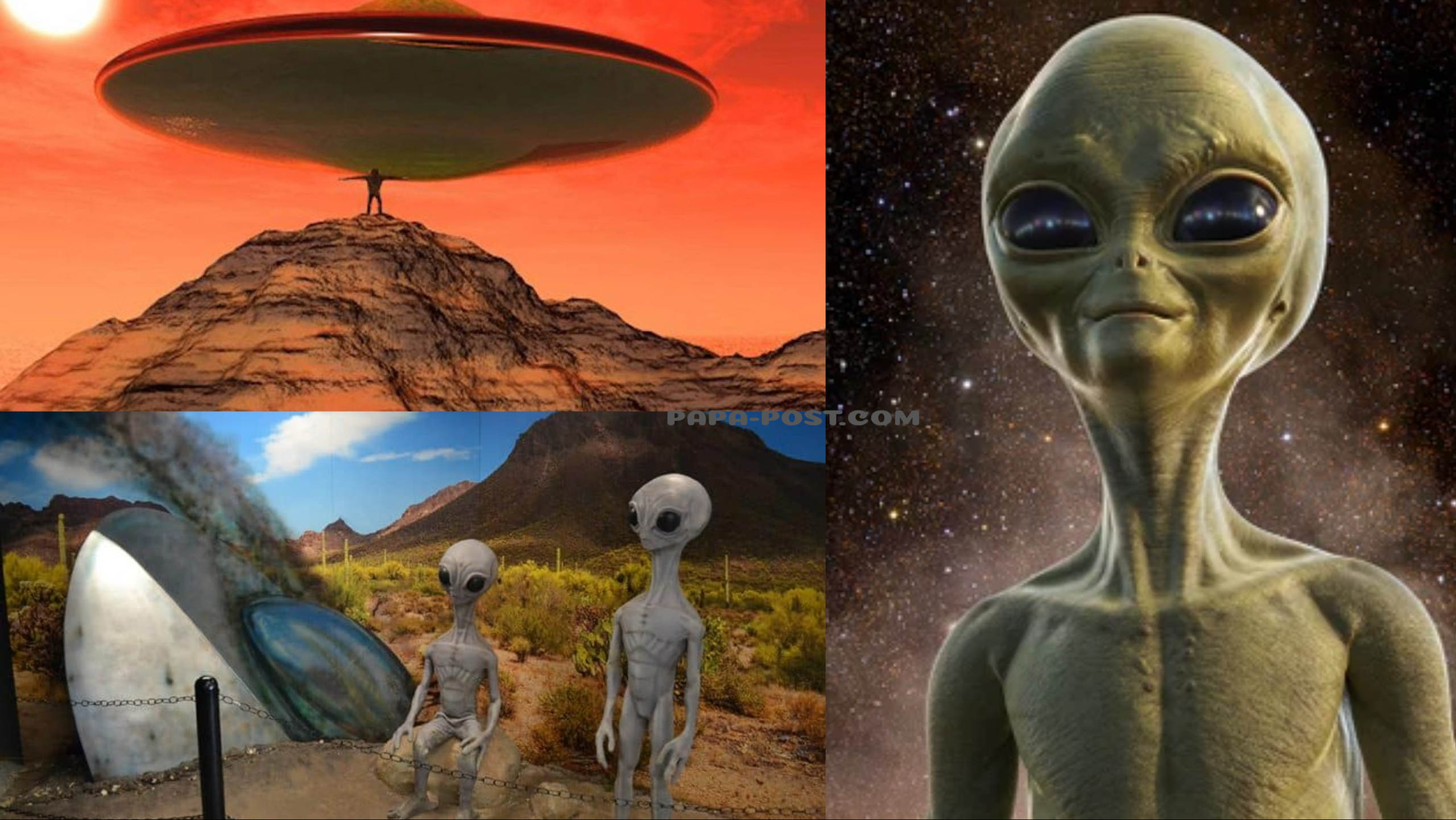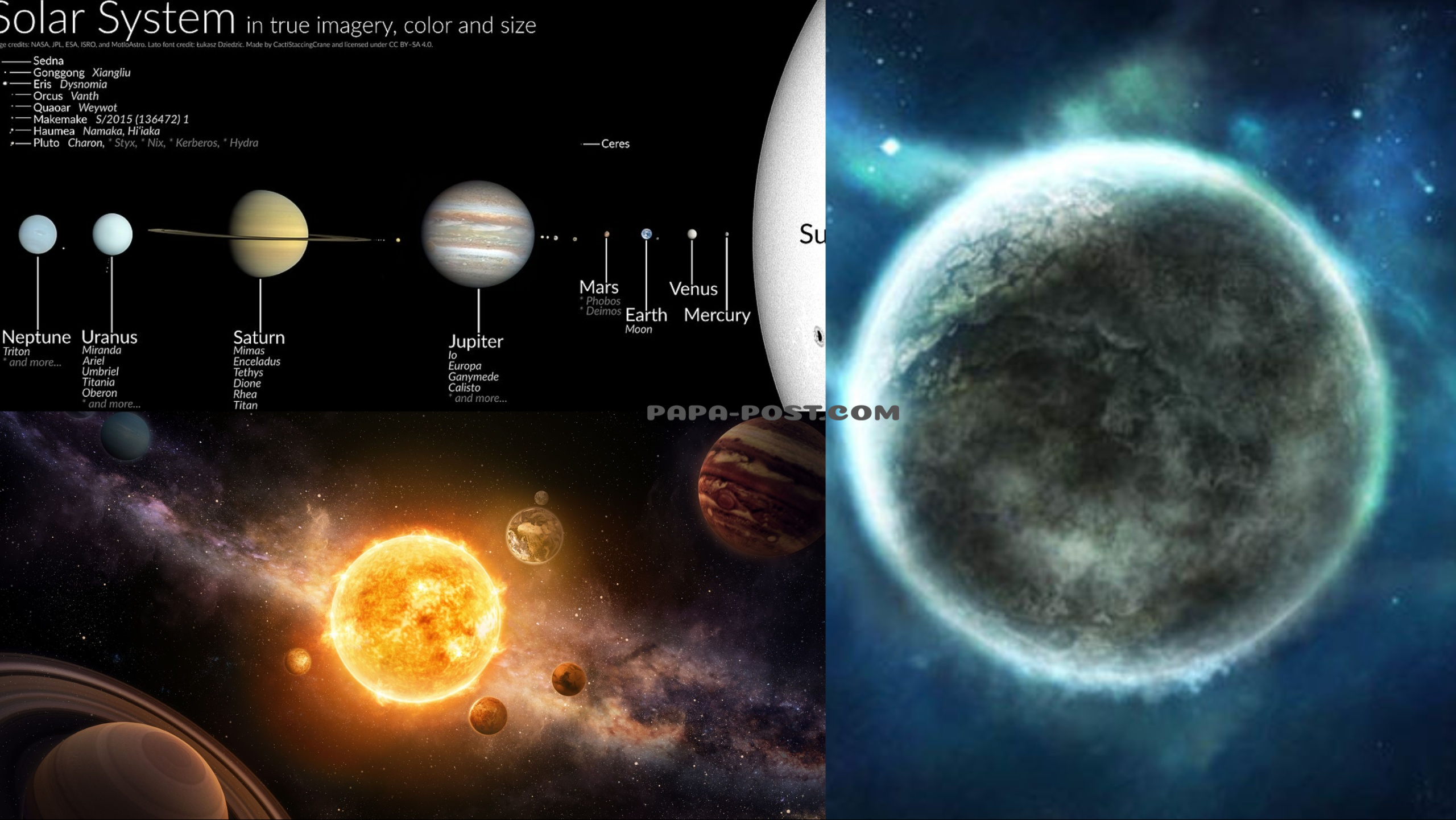Introduction
Humanity has always looked to the stars and wondered: Are we alone in the universe? For centuries, this question has fascinated philosophers, scientists, theologians, and dreamers. From ancient mythologies to modern science fiction, the idea of extraterrestrial life—commonly called “aliens”—has captured human imagination. But beyond the realm of fantasy, what does science say? Are there other forms of intelligent life in the universe? How would we find them, and what would it mean for humanity?
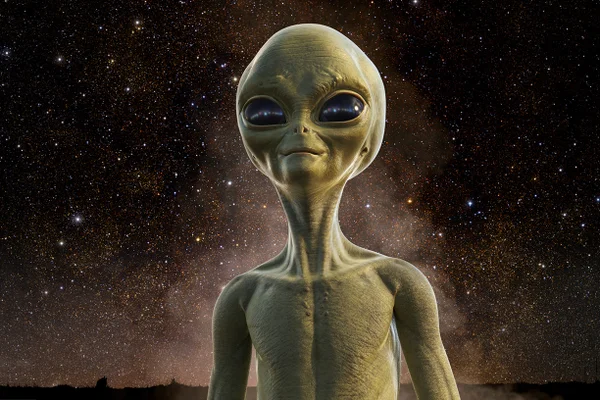
This article explores the possibility of alien life, considering scientific evidence, astronomical facts, theories of life’s origin, reports of UFOs, and the implications of discovering we’re not alone.
Chapter 1: The Vastness of the Universe
To understand the likelihood of alien life, we must begin with the scale of the cosmos.
1.1 The Size of the Universe
The observable universe is about 93 billion light-years across and contains an estimated 2 trillion galaxies. Each galaxy has billions to trillions of stars, and many of these stars host exoplanets—planets outside our solar system. The Milky Way alone may contain over 100 billion planets.
With such vast numbers, the statistical probability that Earth is the only planet with life seems incredibly small. As physicist Carl Sagan once said, “The universe is a pretty big place. If it’s just us, seems like an awful waste of space.”
1.2 The Drake Equation
In 1961, astronomer Frank Drake developed an equation to estimate the number of civilizations in our galaxy capable of communication:
N = R × fp × ne × fl × fi × fc × L*
Each variable in the Drake Equation represents factors such as:
- R*: Rate of star formation
- fp: Fraction of stars with planets
- ne: Number of planets per star that could support life
- fl: Fraction of planets where life actually develops
- fi: Fraction where intelligent life evolves
- fc: Civilizations capable of communication
- L: Length of time they release detectable signals
The equation doesn’t provide a definite answer but helps frame our ignorance and guide our search.
Chapter 2: Searching for Life
2.1 SETI: Listening to the Stars
The Search for Extraterrestrial Intelligence (SETI) uses large radio telescopes to listen for signals from other civilizations. Despite decades of searching, SETI has not found definitive signs of intelligent life—but this doesn’t mean it’s not out there.
One famous event was the “Wow! signal” in 1977—a brief, strong radio signal from deep space that has never been explained.
2.2 Exoplanet Exploration
Since the 1990s, astronomers have discovered over 5,000 exoplanets. Some lie in the habitable zone, where temperatures could allow liquid water to exist—a key ingredient for life.
Telescopes like Kepler, TESS, and the James Webb Space Telescope (JWST) are helping scientists identify potentially habitable worlds. Future missions may even detect atmospheric biosignatures like oxygen, methane, or other markers of life.
2.3 Life in Our Solar System?
Life might not require Earth-like conditions. Moons like Europa (orbiting Jupiter) and Enceladus (orbiting Saturn) have underground oceans beneath icy crusts. Plumes of water vapor containing organic molecules have been observed erupting from Enceladus—strong evidence that microbial life might exist there.
Mars, once warm and wet, also remains a candidate for microbial life, past or present.
Chapter 3: What is Life?
3.1 Definitions and Assumptions
To find life, we must define it. Life on Earth is carbon-based, depends on water, and uses DNA for genetic information. But could alien life be completely different? Silicon-based life? Life in liquid methane?
Astrobiologists warn that by assuming alien life must resemble Earth life, we may overlook truly alien biology. Our searches are often limited by Earth-based biases.
3.2 Origins of Life
The origin of life on Earth remains a mystery. If life arose here through natural processes, could it arise elsewhere? If abiogenesis (life from non-life) is common under the right conditions, the universe could be teeming with life.
Some scientists even propose panspermia—that life was seeded on Earth by comets or asteroids carrying microbes from space. If so, we may share a cosmic ancestry with alien life.
Chapter 4: UFOs and UAPs
4.1 Modern Sightings
UFOs (Unidentified Flying Objects), now often called UAPs (Unidentified Aerial Phenomena), have been reported for decades. While most sightings have mundane explanations, some remain unexplained.
In 2021, the U.S. government released a report confirming that some military encounters with UAPs defy current understanding of physics, including objects that move with incredible speed and agility without visible propulsion.
4.2 Alien Visitation?
Do UAPs suggest aliens are already here? There is no hard evidence that these phenomena are extraterrestrial. Skeptics argue that they could be classified military tech, natural phenomena, or even sensor errors.
However, credible witnesses—pilots, astronauts, military personnel—continue to report baffling sightings, fueling public curiosity and speculation.
Chapter 5: Cultural and Historical Perspectives
5.1 Ancient Aliens?
Some theorists claim ancient texts, monuments, and myths suggest alien contact in the past. The Ancient Astronaut theory interprets gods in mythologies as advanced visitors from the stars.
While these claims lack solid evidence and are dismissed by mainstream archaeologists, they remain popular in media and fiction.
5.2 Aliens in Religion and Philosophy
Many religious traditions imagine life beyond Earth. Some Christian theologians believe God may have created other intelligent beings. In Islam, the Quran mentions creatures called “djinn” and refers to creation beyond Earth.
Philosophically, the discovery of aliens would challenge our view of humanity’s uniqueness and might spark new ethical and spiritual questions.
Chapter 6: The Fermi Paradox
6.1 Where Is Everyone?
Given the age and size of the universe, intelligent life should be common and possibly even widespread. So why haven’t we found it? This is the essence of the Fermi Paradox.
Many solutions have been proposed:
- We’re early: Life on Earth may be among the first.
- They’re hiding: Advanced civilizations may avoid contact.
- They’re too alien: We can’t recognize their signals or technology.
- Self-destruction: Civilizations may destroy themselves before achieving interstellar travel.
- Zoo Hypothesis: Earth is being observed but not contacted—like animals in a zoo.
The Fermi Paradox remains one of the most profound scientific and philosophical puzzles.
Chapter 7: Implications of Contact
7.1 Scientific Revolution
Discovery of alien life would revolutionize biology, physics, and astronomy. It would confirm life is not unique to Earth and may reveal new forms of life or intelligence we can’t yet imagine.
7.2 Technological Exchange
If aliens are advanced, we might learn from their technology—energy sources, transportation methods, even cures for diseases. But the cultural and power imbalance could be dangerous, like the meeting of Europeans and indigenous peoples.
7.3 Social and Psychological Impact
How would humanity react? Reactions might include awe, excitement, fear, denial, or religious upheaval. Our self-image as the center of creation could be challenged.
World governments might cooperate more—or descend into panic and secrecy. The psychological shock of “not being alone” could change civilization forever.
Chapter 8: The Future of the Search
8.1 Technological Advances
AI, advanced telescopes, and quantum computing are enhancing our ability to detect alien life. Projects like Breakthrough Listen are scanning the sky with unprecedented sensitivity.
Future missions may include probes to Europa, Titan, or even interstellar spacecraft like Breakthrough Starshot.
8.2 Preparing for Contact
Some scientists and ethicists are working on protocols for first contact. What message should we send? Who speaks for Earth? How do we respond to alien messages? Should we even send messages at all?
There is also concern about existential risk. Stephen Hawking warned that meeting aliens could be like Native Americans encountering Columbus—with disastrous results.
Conclusion: Are We Alone?
The question “Are there aliens?” remains unanswered—but not unasked. The universe is vast, ancient, and filled with potential. While we’ve found no conclusive proof of alien life, signs continue to emerge: habitable exoplanets, organic molecules, strange UAPs, and lingering mysteries.
Whether life is common or rare, the search itself pushes humanity to explore, question, and evolve. Perhaps one day, we will look to the sky, not with wonder, but with greeting.
Until then, the mystery continues. And in that mystery, we find one of the greatest adventures of all time.

